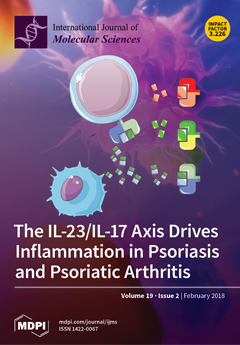1
Research Center for Tumor Medical Science, China Medical University, Taichung 40402, Taiwan
2
Graduate Institutes of New Drug Development, China Medical University, Taichung 40402, Taiwan
3
Department of Surgery, School of Medicine, College of Medicine, Taipei Medical University, Taipei 11031, Taiwan
4
Division of General Surgery, Department of Surgery, Shuang Ho Hospital, Taipei Medical University, New Taipei City 23561,Taiwan
5
Institute of Bioinformatics and Systems Biology, National Chiao Tung University, Hsinchu 30068, Taiwan
6
Bioinformatics Center, Institute for Chemical Research, Kyoto University, Kyoto 611-0011, Japan
7
Department of Endocrinology and metabolism, Cathay General Hospital, Taipei 10630, Taiwan
8
Department of Laboratory Medicine, Shuang Ho Hospital, Taipei Medical University, Taipei 23561, Taiwan
9
Graduate Institute of Clinical Medicine, College of Medicine, Taipei Medical University, Taipei 11031, Taiwan
10
Division of Colorectal Surgery, Department of Surgery, Wan Fang Hospital, Taipei Medical University, Taipei 11696, Taiwan
11
Division of Colorectal Surgery, Department of Surgery, Taipei Medical University Hospital, Taipei Medical University, Taipei 11031, Taiwan
12
Cancer Research Center and Translational Laboratory, Department of Medical Research, Taipei Medical University Hospital, Taipei Medical University, Taipei 11031, Taiwan
13
Graduate Institute of Cancer Biology and Drug Discovery, Taipei Medical University, Taipei 11031, Taiwan
14
Comprehensive Breast Cancer Center, Changhua Christian Hospital, Changhua 50006, Taiwan
15
School of Medical Laboratory Science and Biotechnology, College of Medical Science and Technology, Taipei Medical University, Taipei 11031, Taiwan
16
Ph.D. Program in Medicine Biotechnology, College of Medicine, Taipei Medical University, Taipei 11031, Taiwan
17
Comprehensive Cancer Center of Taipei Medical University, Taipei 11031, Taiwan
add
Show full affiliation list
remove
Hide full affiliation list






